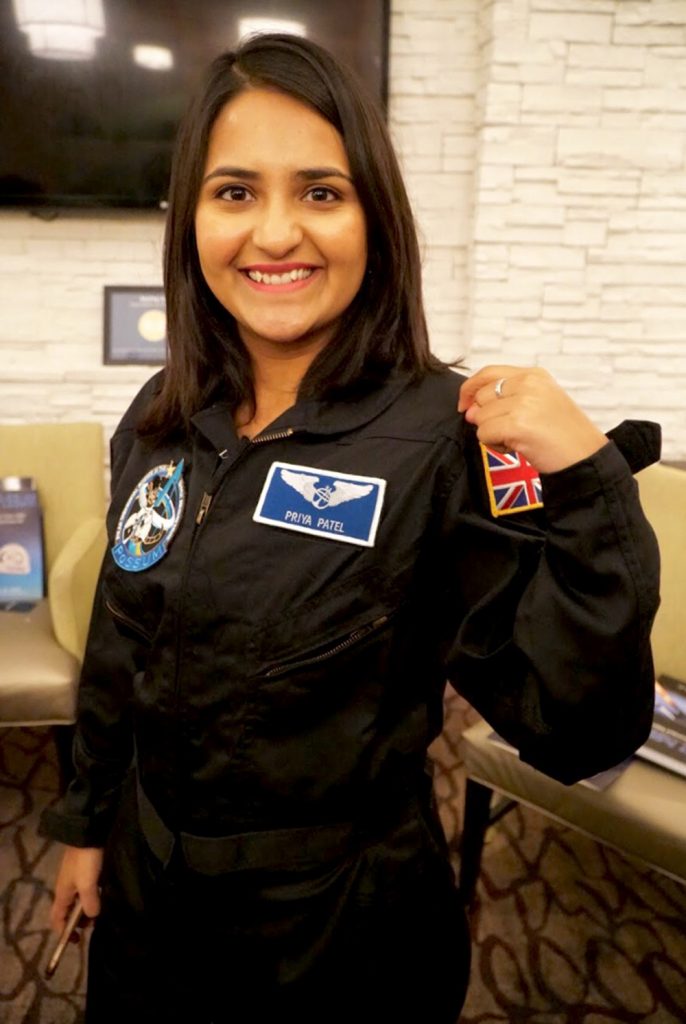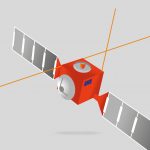Priya Patel
I was born in India where access to space educaton was limited, however, I am humbly grateful that my endless curiosity for space exploration has led me today to participate in planning, designing, and operating rover missions on Mars. From a young age, I was curious about our place in the universe and had decided that one day, I will be a space scientst! However, I was not at the top of my class in school, and I had no idea how to become a space scientst. During my school days, I didn’t know about the difference careers in space but decided to study Physics for undergraduate at Imperial College London. Here, I studied the fundamentals of the universe and learnt how to conduct research. Following this, I interned at NASA Jet Propulsion Laboratory where I first started learning about Planetary Sciences where I studied Carbon Dioxide on Mars. I was inspired to see my research contribute to advancing our understanding of the Martan atmosphere. Witnessing the engineering aspect of space exploraton at JPL, I started at University College London where I started my Masters in Space Science and Engineering. To combine both science and engineering, I choose a research project to design a spherical penetrator on the surface of Europa. To expand on the knowledge I gained at university, I progressed to the European Space Agency (ESA) joining the Laser Interferometer Space Antenna (LISA) team as a systems engineer. LISA is a space-based gravitatonal waves observatory that will be launched in 2034.

Through it all I arrived at a profound realisaton; my true passion lies in academia where I can contribute to advancing the scientfic ideas for future space missions. Traditonally, all science research follows a standard method of gathering results from one controlled all science research follows a standard method of gathering results from one controlled experiment. However, Mars is a natural laboratory next door that allows us to study the results of a variety of experiments that have been running for billions of years. On Mars, we have observed the ancient geological structures of which many show signs that water once flowed on the surface. Various lake basins along with dried up lake delta channels, inverted rivers and, huge valleys have been discovered on the surface of Mars. Studying ancient topography on Mars advances our understanding of the wet and warm billion-year-old surface as well as its environment that once allowed for water to flow, allowing us to comprehend the red planet’s astrobiological potental. I decided to study water in the Martan environment, an essental ingredient of life, for my PhD at Mullard Space Science Laboratory, University College London. I am using data from NASA’s Perseverance Rover, currently at Jezero Crater, to understand the water ice clouds on Mars. I am currently based at NASA Jet Propulsion Laboratory as part of my PhD, where I conduct research as well as take part in operatng the Mars Rover.
My hobbies include dancing, I am fully trained in Indian classical dancing and mountaineering, I am also passionate about STEM advocacy; having started my own non-profit called Sharda Foundatons, I aim to provide access to Space Educaton to passionate students in India. I aim to inspire talented individuals to join and contribute to advancing space exploration.
Date:
16 de septiembre de 2022



